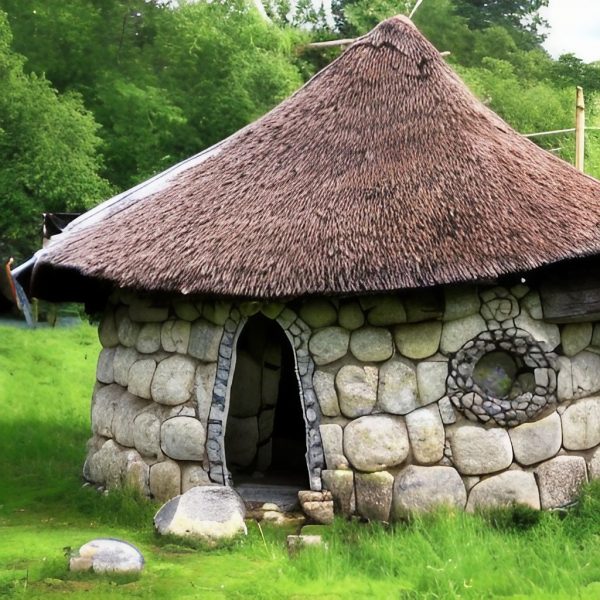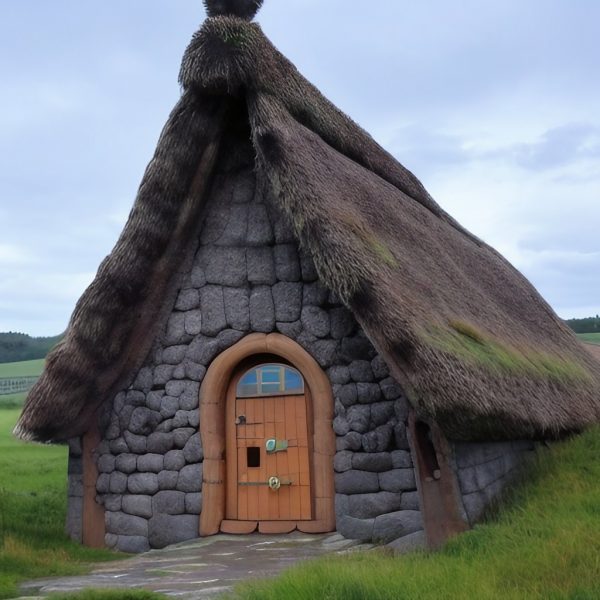
Viking architecture is a type of architecture that was used in the medieval period in Scandinavia. Vikings lived in buildings called long houses, which were typically elongated and load-bearing structures. They were often built with wood or stone. These houses had curved walls, which were usually supported by large posts dug into the ground. The roof of a long house was typically wooden.


There were several different types of long houses, including ones used by royalty. Other long houses were used by farming families. Some of these were also used by slaves. A typical longhouse would be about sixteen to twenty feet wide. It would have a fireplace at one end and an animal barn at the other. In some areas, a single room was used for worship.
Vikings also built ritual houses. These were places to gather weapons that were defeated by their enemies. Often, these buildings had wooden walls and a turf roof. Before Christians arrived in Scandinavia, Vikings were mainly religious.
These houses were constructed using a method known as 'Wattle and Daub'. This involved placing logs on the ground and forming the structure around them. The roof was then covered with a layer of grass or earth. Sometimes the roof was covered with a clay liner. Depending on the region, this could either be an inexpensive way to make a good insulated building, or a more expensive option.
Another form of Viking architecture was the Viking ship. This type of vessel was 82 feet long, and was often built back from the waterline, allowing the water to flow underneath the structure. They were very long and sturdily built, and could be made into a boathouse. When not sailing, the Vikings would keep the ship inside for preservation.

During the Viking age, they also built fortresses. These were military constructions, and were often circular in shape. Six of these ring fortresses still exist in Denmark.
Most Medieval Scandinavian buildings were made of wood, and they had basic stone footings. Throughout Europe, however, many buildings were made with stone or concrete.
The Scandinavian region has a cold climate, which is reflected in their architecture. Their long houses were often elongated, and their roofs were sharply pitched. Houses were also made of wood and sometimes with wooden floors.
Vikings used timber to build most of their houses. Although oak was common in Denmark, other Scandinavian countries like Iceland, Norway, and Sweden did not use this wood. Wood was also used to build churches. Eventually, these buildings were replaced with medieval banquet halls.
Vikings did not use barrels very much. Instead, they used a technique that allowed them to create well-insulated houses for less money. Often, these homes had a truss-like structure, which was used to support the roof. Because of this, the house was curved, and the weight of the roof was pushed out on the posts supporting the roof.
The Vikings also used a technique known as palisade construction. Palisade constructions were curved structures that prevented the wood from directly touching the soil's moisture.

Immerse yourself in architecture’s most boundary-pushing ideas—where innovative home improvements meet visionary urban developments. Discover new building techniques, materials, and creative concepts that are redefining how we shape our spaces on a global scale.